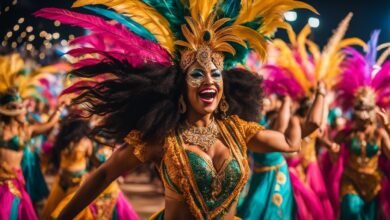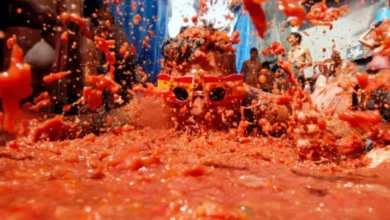Table of Contents
Welcome to the captivating world of Mardi Gras in New Orleans, a celebration unlike any other. It’s more than just a party; it’s a deep-rooted cultural phenomenon steeped in history, tradition, and an undeniable joie de vivre. We, as enthusiasts of this incredible spectacle, are excited to guide you through the intricacies of Mardi Gras, from its historical roots to the modern-day festivities.
Unraveling the Origins: A Journey Through Time
Mardi Gras, meaning “Fat Tuesday” in French, is the culmination of the Carnival season, a period of revelry that precedes the Christian season of Lent. While the name might be associated with a single day, the celebration in New Orleans is a weeks-long affair filled with parades, balls, and general merriment.
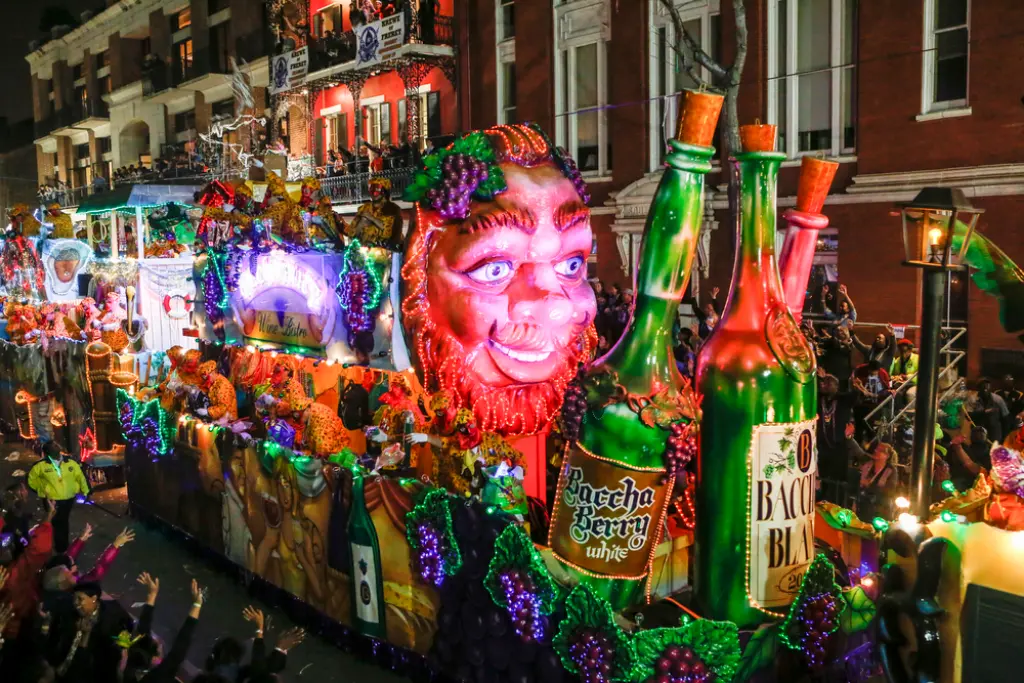
The origins of Mardi Gras trace back to medieval Europe, evolving from pagan festivals into a pre-Lenten celebration of indulgence before a period of fasting and reflection.
The Emergence of Mardi Gras in New Orleans
New Orleans, with its French colonial roots, became a fertile ground for Mardi Gras traditions to take hold and flourish. The first recorded Mardi Gras parade in New Orleans took place in the early 19th century, and as the city grew, so did the extravagance of the celebrations. Initially, these were spontaneous street parades, but as the city’s population expanded, organized groups, known as krewes, emerged, bringing structure and thematic artistry to the parades.
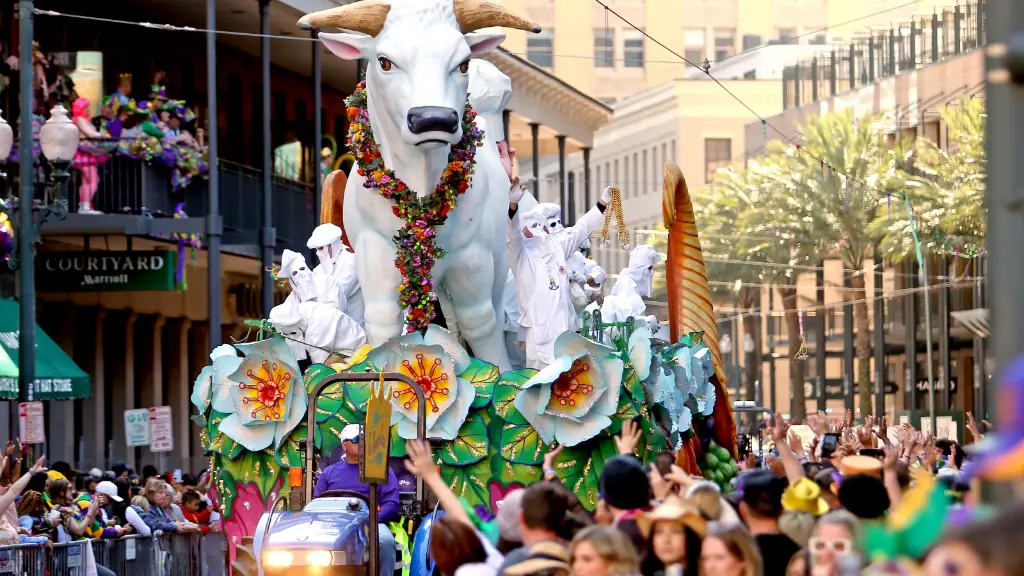
These early krewes, some of which are still active today, laid the foundation for the intricate and theatrical pageantry that characterizes modern-day Mardi Gras. The themes, costumes, and meticulously crafted floats all contribute to the unique spectacle that draws millions to New Orleans each year.
The Heart of the Celebration: Krewes and Parades
At the core of Mardi Gras celebrations are the krewes. These are social organizations that form the backbone of the parades. Each krewe is responsible for designing, building, and funding its parade, often adhering to a specific theme chosen months in advance. The most famous krewes, such as Rex, Zulu, and Endymion, are highly sought after and their parades are considered a highlight of the season.
Krewe Diversity and Traditions
The krewes of Mardi Gras are as diverse as the city itself. Some, like the Krewe of Rex, uphold a more traditional and formal approach, with a focus on historical and royal themes. Others, such as the Krewe of Zulu, celebrate African American culture and heritage with unique costumes and customs. Newer krewes often experiment with modern themes and satirical commentary, injecting a fresh perspective into the festivities.
Here are a few notable aspects of Krewe organization:
- Choosing a theme: Each year, krewes select a theme that guides the design of their floats and the costuming of their members.
- Float Design: Krewes spend months creating elaborate and thematic floats, often using papier-mâché and other art forms.
- Masking and Costuming: The tradition of wearing masks and costumes is deeply rooted in the anonymity and freedom that Mardi Gras offers.
- Throwing Beads and Trinkets: The ubiquitous act of throwing beads, doubloons, and other trinkets from floats is an integral part of the parade experience.
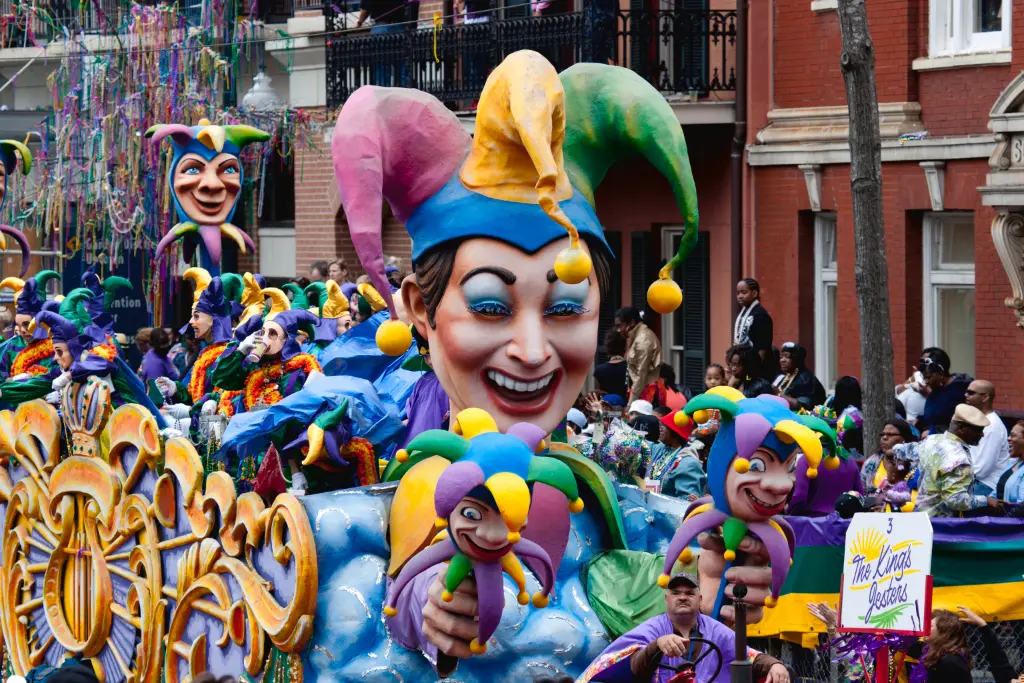
The Parade Routes: A Guide to the Excitement
The parade routes, meticulously planned and followed, wind through the city, offering spectators ample opportunities to enjoy the spectacle. Key areas, such as the Uptown and Mid-City routes, are popular gathering spots. Finding a prime viewing location can require careful planning, especially on the biggest days of celebration.
It is essential to know:
- Plan Your Route: Identify the specific parades you want to see and plan your route accordingly. Arrive early to secure a good spot.
- Public Transportation: Utilizing public transportation is often the most efficient way to move around the city during Mardi Gras due to street closures.
- Safety First: Be aware of your surroundings and keep valuables secure.
- Pack Essentials: Bring water, snacks, and comfortable shoes as you will likely be doing a lot of walking and standing.
The Colors of Mardi Gras: Purple, Green, and Gold
The official colors of Mardi Gras (purple, green, and gold) each carry a symbolic meaning. Purple represents justice, green signifies faith, and gold symbolizes power. These colors are prominently displayed throughout the celebrations, from the elaborate decorations to the intricate bead designs. Wearing these colors during Mardi Gras is a way to show participation and immerse yourself in the spirit of the celebration.
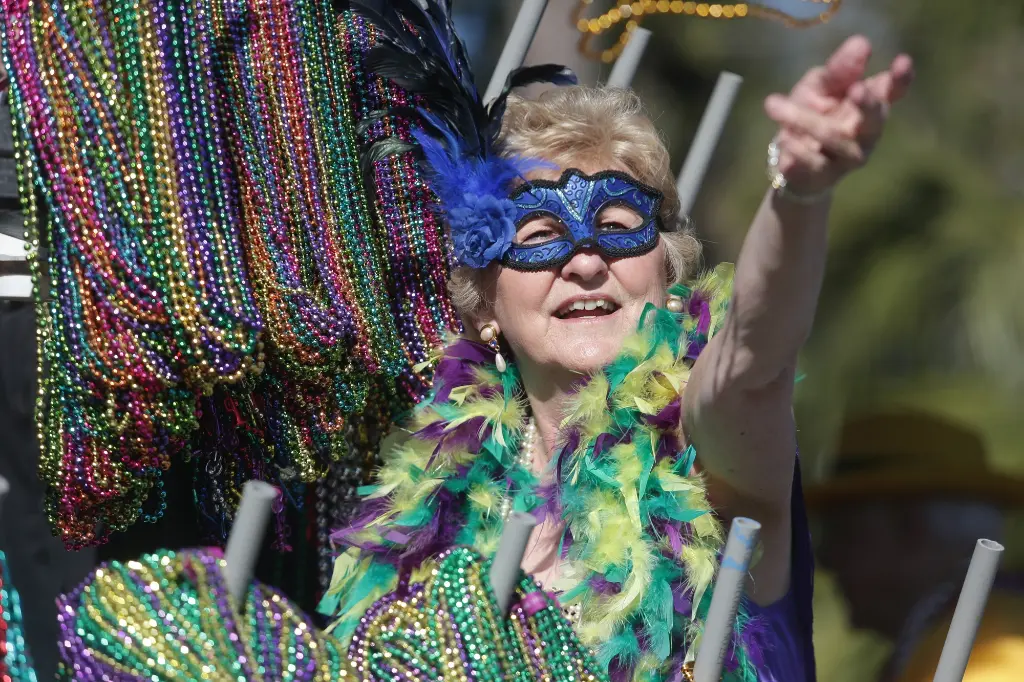
The Significance of Beads and Other Throws
The practice of throwing beads, doubloons, and other trinkets from parade floats is a central element of Mardi Gras. These “throws” are collected with enthusiasm by spectators, often becoming treasured mementos of the experience.
The types of throws vary widely, ranging from inexpensive plastic beads to more unique and coveted items, such as specially designed doubloons or plush toys. It’s important to note that while catching throws is a fun part of the celebration, it should always be done safely and respectfully.
Beyond the Parades: The Culture and Community
Mardi Gras in New Orleans is far more than a series of parades; it’s a powerful expression of culture, community, and creativity. The spirit of inclusivity and joyful abandon permeates the city during this time, bringing together people from all walks of life. It’s a period of unbridled fun and revelry, where the mundane aspects of daily life are temporarily set aside for the pursuit of merriment.
The Music of Mardi Gras
Music is integral to the Mardi Gras experience. Brass bands, often with traditional New Orleans jazz influences, fill the streets, creating an energetic and celebratory atmosphere. From street performers to organized concerts, the sounds of Mardi Gras are as essential to the experience as the parades themselves.
Food and Indulgence: A Culinary Journey
Mardi Gras is a time of indulgence, and that extends to the city’s rich culinary scene. King Cake, a ring-shaped cake adorned with the Mardi Gras colors and often concealing a small plastic baby inside, is a staple treat. Other traditional dishes, like jambalaya, gumbo, and po’boys, are also enjoyed throughout the season, providing an opportunity to savor the flavors of New Orleans.
Planning Your Mardi Gras Experience
If you’re planning to experience Mardi Gras in New Orleans for yourself, early planning is crucial. Accommodation fills up quickly, and the most popular viewing spots are claimed well in advance. Understanding the logistics, schedule, and nuances of Mardi Gras can help you make the most of your time in the city.
Accommodation and Transportation
Securing your hotel or other accommodation is a priority. Options range from budget-friendly hostels to luxurious hotels, so choose what suits your preference and budget. Booking well in advance, especially for the main Mardi Gras weekend, is a must. As mentioned, navigating the city during the parades will require public transportation or strategic planning since many streets are closed. Consider booking your accommodation near the areas where you plan to spend most of your time.
Costumes and Accessories
Donning a costume is part of the immersive experience of Mardi Gras. You can purchase costumes in New Orleans, or you can get creative and make your own. Beads, masks, and wigs are all popular accessories, helping to add to the vibrant and festive atmosphere. Remember that comfortable shoes are essential, as you’ll likely be doing a lot of walking and standing.
Safety and Responsible Celebration
While Mardi Gras is a time of joyous celebration, it’s important to celebrate responsibly. Keeping aware of your surroundings, respecting the city’s customs, and being mindful of others contribute to a safe and enjoyable experience for everyone. Stay hydrated, especially if you’re celebrating outdoors for extended periods. It is crucial to respect the local laws and the instructions of the New Orleans Police Department during celebrations.
Respecting Local Customs
Understanding and respecting local traditions is essential for being a responsible and welcomed guest. Mardi Gras is a deeply rooted cultural event, and being mindful of the customs, especially during the parades, will help you contribute to a positive experience for both residents and other visitors. Remember to be patient, polite, and embrace the joyful spirit of the celebrations.
Frequently Asked Questions (FAQs)
What is the best time to arrive in New Orleans for Mardi Gras?
The intensity of Mardi Gras celebrations grows as Fat Tuesday approaches. Many parades and events take place during the two weeks leading up to Fat Tuesday. If you want to experience the full scope of Mardi Gras, arriving a week prior to the main day is a good idea. However, the biggest and most popular parades happen during the final long weekend.
Booking accommodation well in advance is crucial, especially if you are traveling during this time. If you are visiting for a short period and focusing on the biggest events, arriving three to four days before Mardi Gras is usually sufficient.
Are Mardi Gras parades suitable for children?
Yes, many families enjoy Mardi Gras parades. There are designated “family zones” along the parade routes, where the atmosphere is more family-friendly. The crowds can be large, however, so it is important to keep children close and to have a plan for if you get separated. The later parades and celebrations can be more rowdy and are better suited for adults, while the earlier parades tend to be more family-oriented.
Can you bring your own drinks and food to Mardi Gras parades?
Yes, while there will be food and drink vendors at the parades, many spectators bring their own refreshments. Keep in mind there are regulations regarding glass containers and large coolers along the parade routes. It’s always best to check the latest city guidelines before heading out. Be respectful of the local residents by not littering and utilizing designated trash receptacles.
Mardi Gras in New Orleans is more than a celebration; it’s a cultural phenomenon that combines history, art, community, and unbridled joy. We have explored the many facets of this incredible event, from its historical roots to the modern-day parades and traditions.
From the krewes and their intricate floats to the music, food, and the unique camaraderie that permeates the city during this special time, Mardi Gras offers an unforgettable experience. We hope that you now have a deeper understanding of what makes this celebration so unique and why so many people from around the world are drawn to this vibrant and unforgettable experience.
We look forward to seeing you there, ready to immerse yourselves in the magic and merriment that is Mardi Gras in New Orleans.


